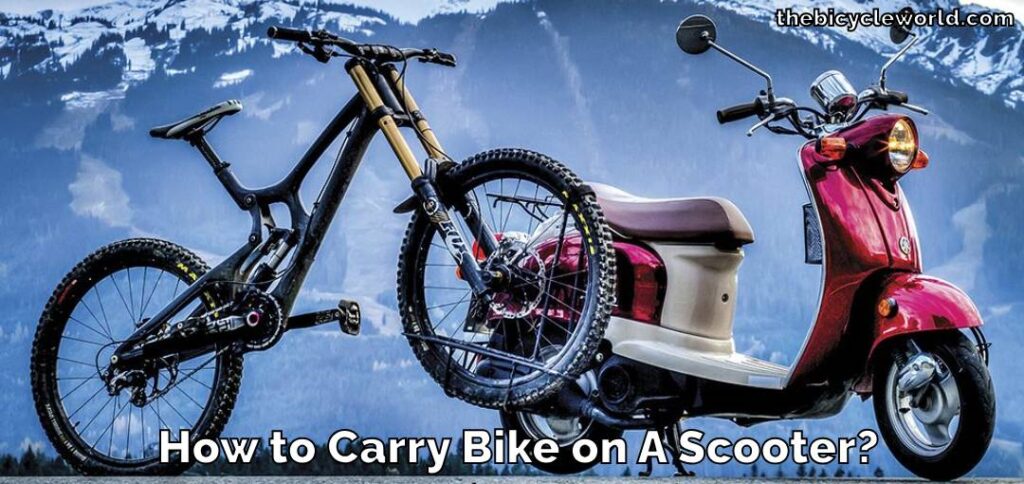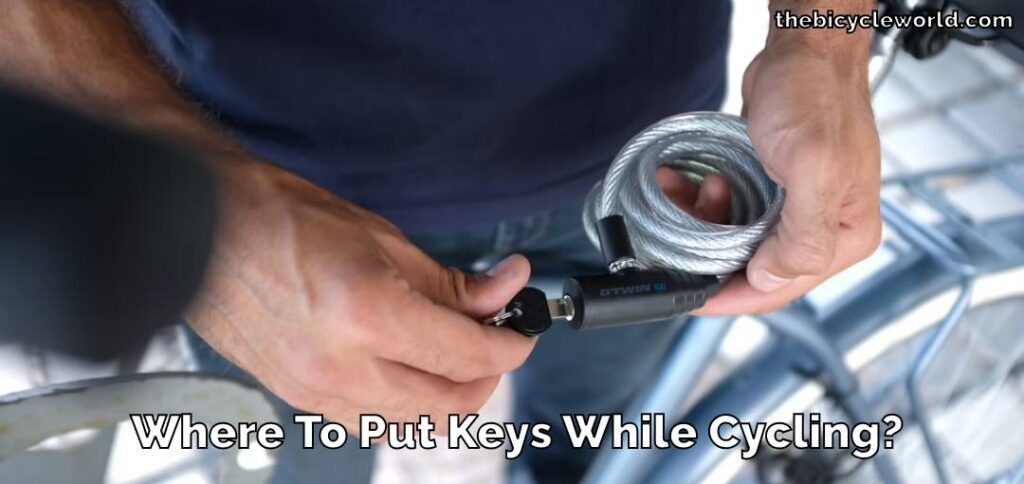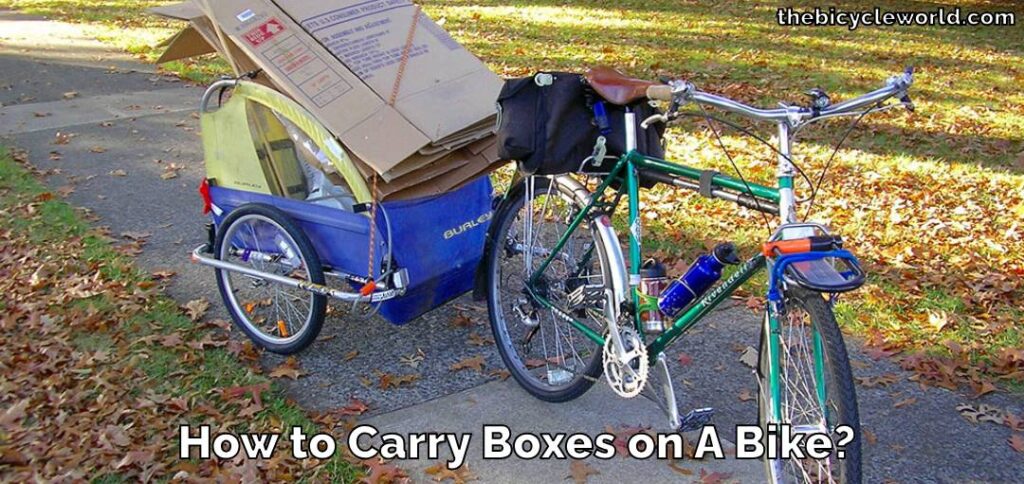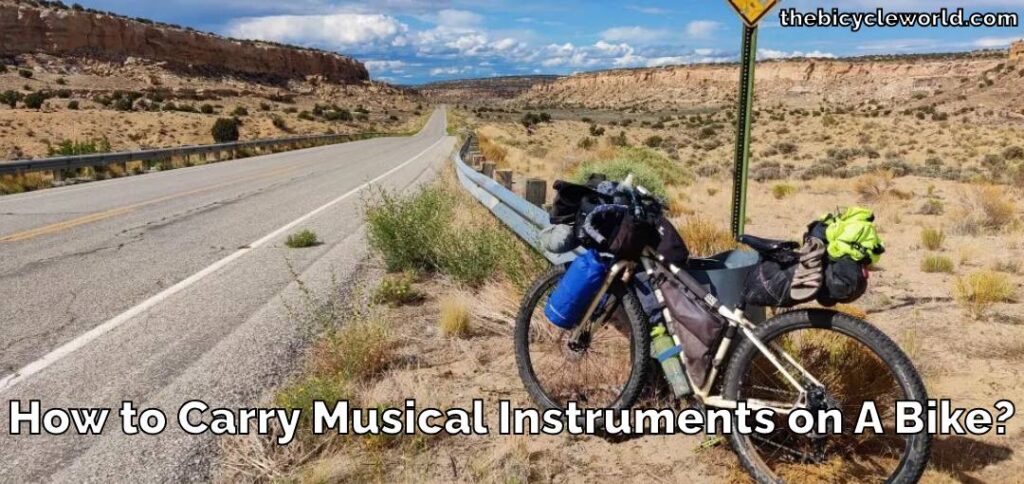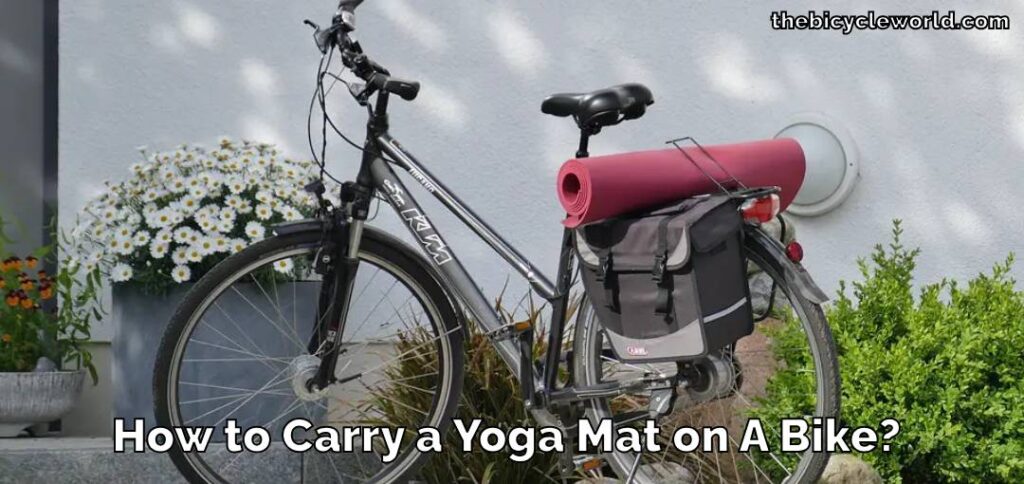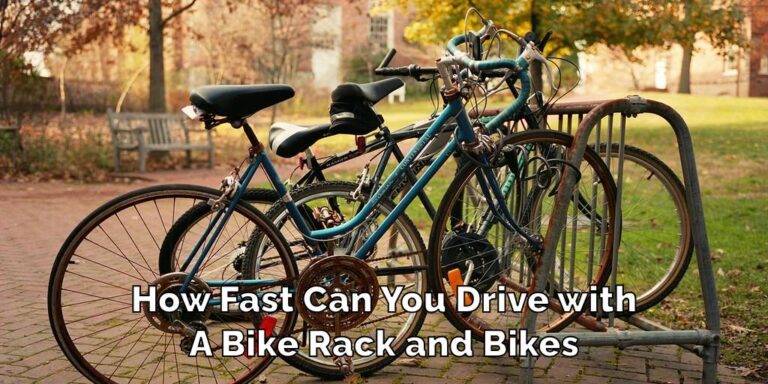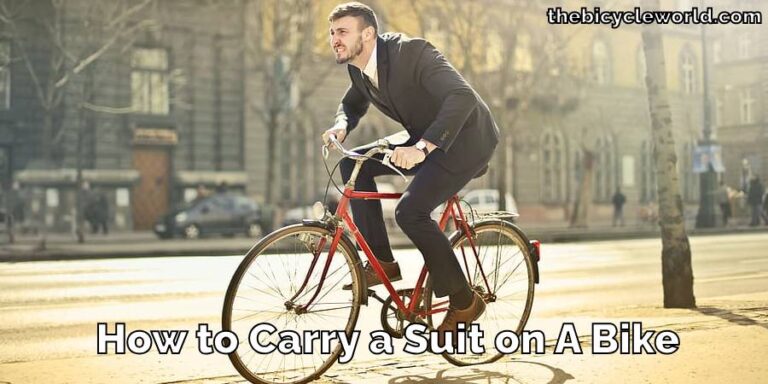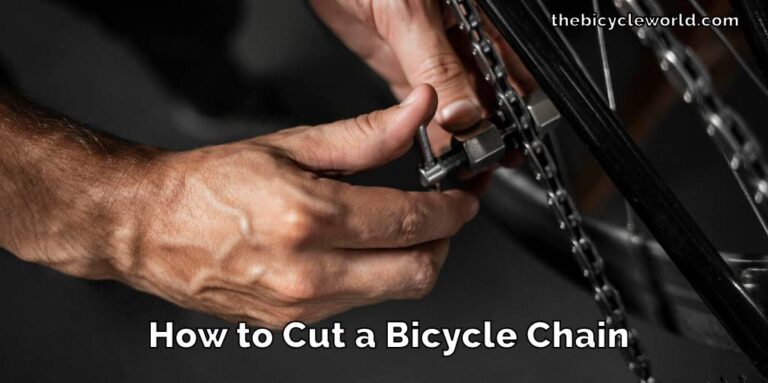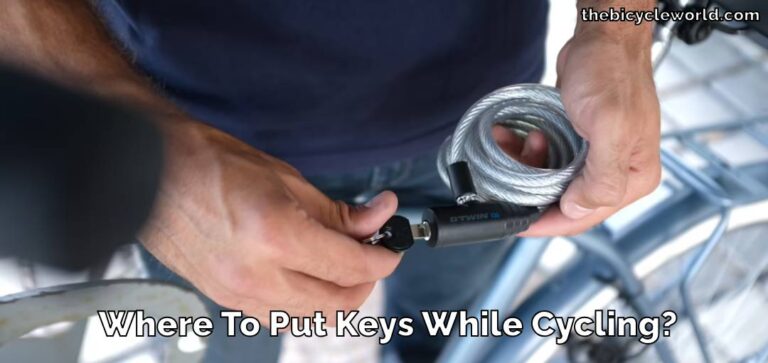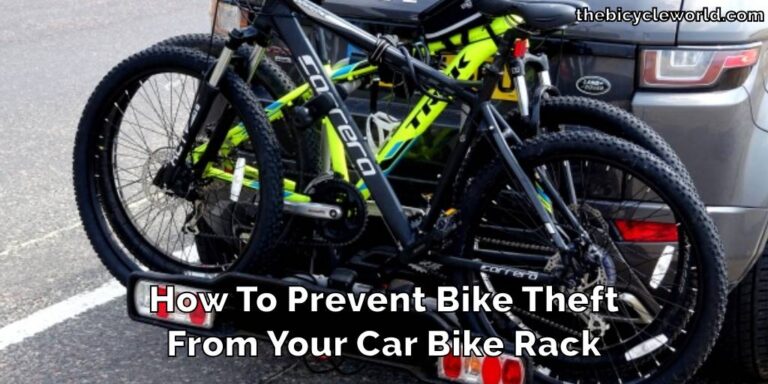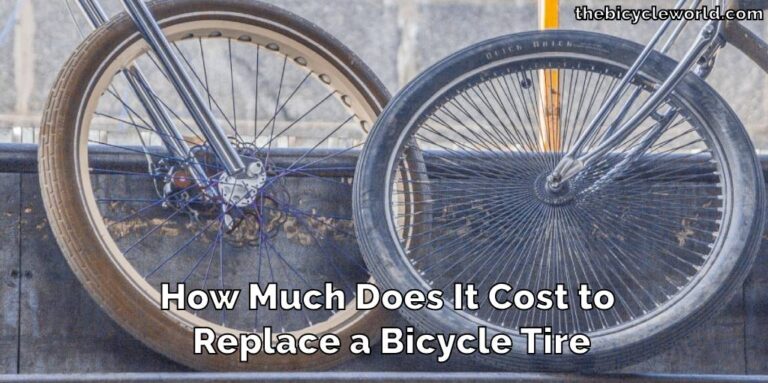How to Lock Multiple Bikes Together?
Heading out with friends or family for a bike ride? Great idea! But let’s not forget something crucial: bike security. It’s really important, especially when you’re in a group. You wouldn’t want to come back from a fun stop to find your bikes gone, right?
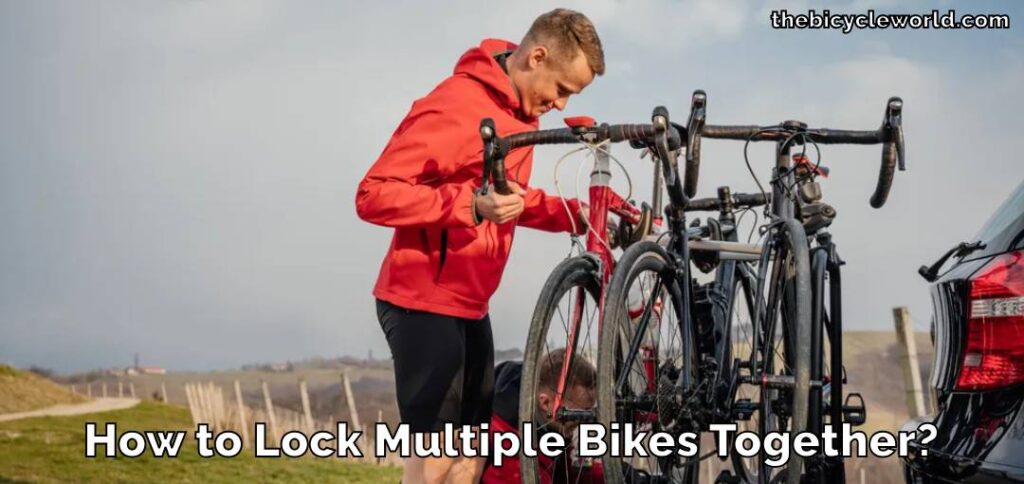
So here’s what we’re going to do: I’ll show you how to keep your bikes safe when you’re out together. This isn’t just about slapping on a lock. We’re diving into How to Lock Multiple Bikes Together? the best ways to secure multiple bikes at once.
Because your focus should be on enjoying your ride, not stressing over bike safety. Let’s lock those bikes up properly and keep the good times rolling.
Bike Theft Risks
A bike journey with your crew or the fam? That’s a stellar plan! But hold up, there’s something super key we need to chat about keeping those bikes locked up tight.
Why? Well, picture this: you all decide to take a break, grab some snacks, or check out a cool spot, and boom, you come back, and your bikes are nowhere to be found. Ouch, right?
Here’s the plan I’ve got for us: I’m going to walk you through the ins and outs of making sure your bikes are as secure as can be when you’re out and about as a group. And I’m not just talking about any old way of locking them up.
We’re going to explore the top-notch strategies for locking up not just one, but a whole bunch of bikes together.
Because, let’s face it, when you’re out soaking up the fun and adventure, the last thing you want on your mind is worrying about bike safety. So, let’s gear up to lock those bikes down solid, ensuring nothing but smooth sailing and good vibes all around.
Lock Selection Guide
Choosing the right lock for your group bike outings involves weighing a few key factors. Let’s simplify this into bullet points to make it super easy to grasp:
U-locks
- Tough and secure, great for locking a bike to an immovable object.
- Not as flexible for linking multiple bikes, unless creatively used.
Cable Locks
- Flexible and can easily loop through several bikes and around a fixed point.
- Less secure than U-locks; more vulnerable to determined thieves.
Chain Locks
- Offer a good mix of flexibility and toughness.
- Available in various lengths, it is ideal for securing multiple bikes.
- Can be heavy, making them less ideal for long rides.
Smart Locks
- Incorporate technology for added security features like theft alerts and GPS tracking.
- Generally pricier and require some tech know-how.
When picking out a lock, consider these aspects
- Strength: How well the lock can resist attempted thefts.
- Length: The length needed to secure all bikes together comfortably.
- Portability: How easy it is to carry the lock while biking, especially on longer rides or up hills.
Finding the right lock means balancing security with convenience, ensuring your biking adventures are both fun and worry-free.
How to Lock Multiple Bikes Together?
Securing multiple bikes together isn’t just about preventing them from being stolen; it’s about giving you the peace of mind to go about your day without a hitch. Imagine you and your friends are out for a ride, maybe on mountain bikes or electric bikes, and you decide to stop for a bite.
You’ve got to ensure your bikes are still there when you get back. This isn’t just about slapping on any lock. It’s about a strategic mix of quality locks, smart positioning, and a bit of cunning to achieve ultimate security. Let me walk you through a simple yet effective way to keep your bikes safe.
Grab yourself a couple of sturdy U-locks and a hefty steel chain or a flexible cable lock. The U-locks are your primary lock, providing a solid level of security. The cable or chain acts as a secondary lock, binding everything together. Here’s how to do it:
Step 1
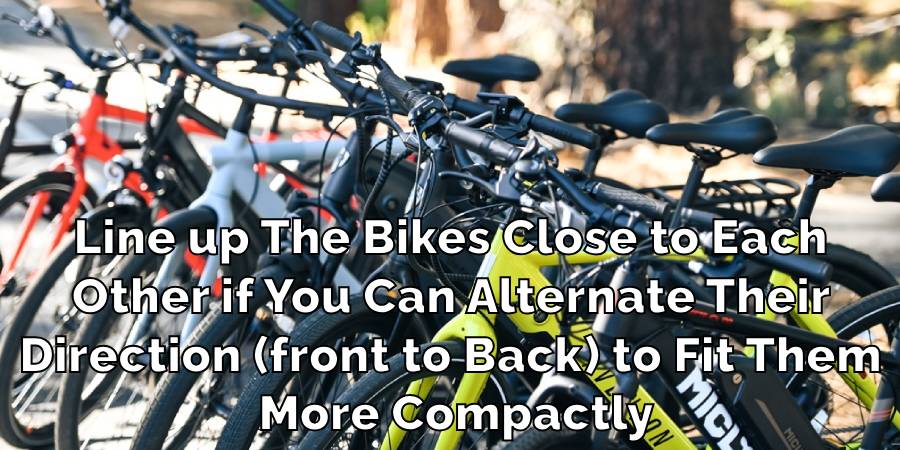
Line up the bikes close to each other. If you can, alternate their direction (front to back) to fit them more compactly.
Step 2

Use the first U-lock to secure the rear wheel and frame of the first bike to an immovable object. This is your anchor point. If your U-lock is big enough, loop it through the frame of the second bike as well. This is where the level of security starts to build up.
Step 3
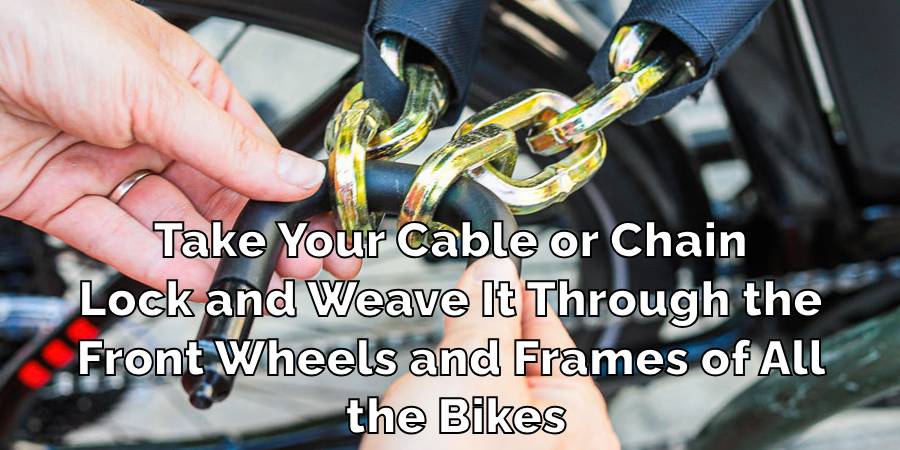
Take your cable or chain lock and weave it through the front wheels and frames of all the bikes. This method ensures a thief would need to work significantly harder to walk away with any part of your bike.
Step 4
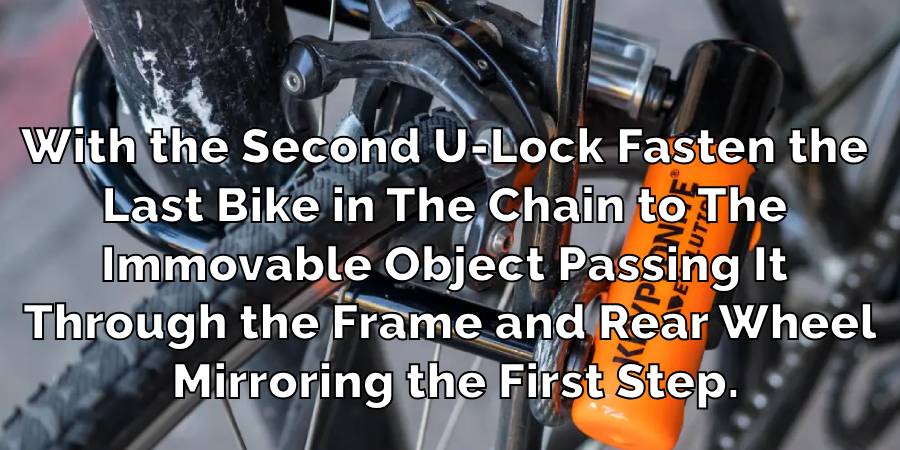
With the second U-lock, fasten the last bike in the chain to the immovable object, passing it through the frame and rear wheel, mirroring the first step.
Now, you’ve created a fortress of bikes. This tangled setup is your defense against thieves. They’re looking for a quick grab-and-go, and a puzzle of bikes chained together is far from it. You’ve just escalated the levels of security and protection, making your bikes a daunting target.
When talking about locks, not all are created equal. Folding locks and wheel locks offer extra security and convenience but choose a decent lock with a secure rating from an independent organization.
This could mean opting for a stainless steel chain or a U-lock with an anti-theft protection offer. Quality locks might come with a gold rating, indicating the highest level of security, something crucial when bike theft statistics are on the rise.
Keep in mind, that thieves have basic tools at their disposal, like bolt cutters. This is why a strong locking technique, combined with the strongest lock you can afford, makes a difference.
Whether it’s a budget lock for a quick stop in a well-populated area or the perfect lock for long-term storage in a less secure location, matching the lock to the risk level is key. Adding extra locks, like a seat post lock or a secondary lock for bike wheels, contributes to that extra layer of security.
Remember, even cheap U-locks can deter theft when used correctly. Always aim for the ultimate security by using a combination of bicycle locks, each offering a different level of protection.
This isn’t just about keeping your bike safe; it’s about ensuring your bike ride ends as well as it started. So, lock up and rest easy, knowing you’ve done everything you can to keep your bikes secure.
Locking Etiquette and Public Space Considerations
When it comes to locking up our bikes, especially in places where a lot of people are moving around, there’s a right way to do it so we’re not bothering anyone else or, worse, breaking any rules. It’s all about being mindful and considerate. Before you lock your bike, take a look around.
Make sure you’re not blocking walkways, ramps, or doorways. Everyone should be able to pass by easily, including folks in wheelchairs or parents with strollers.
Also, keep an eye out for signs that say where you can and can’t lock your bike. Some spots might seem perfect, but they’re actually off-limits, and ignoring this can lead to fines or even your bike being removed by the city. It’s a good idea to find designated bike racks or parking areas.
These spots are meant for bikes, so you know you’re not in the way or breaking any laws. Remember, the space we share with others is just that—shared. By locking our bikes properly and in the right spots, we’re making sure that sidewalks and public areas stay open and accessible for everyone.
Plus, we’re keeping our bikes safe from fines or being taken away. It’s a win-win: we’re being good neighbors, and we’re looking out for our own interests, too.
Maintenance and Care for Locks
Routine Checks and Lubrication: Just like your bike needs regular tune-ups, your locks do too. Every few months, give them a once-over. Look for any dirt or grime build-up and clean it out. A quick spray of lubricant in the locking mechanism keeps things turning smoothly.
Rust Be Gone: Spotted some rust? Don’t panic.
Often, a bit of WD-40 or a rust remover can dissolve it away. After treating it, apply some lubricant to protect against future rust.
Frozen Locks: Winter can be tough on locks. If yours freezes, warm water can help thaw it out, but be careful not to use too hot water as it can damage the lock. A better method is to gently heat your key with a lighter or warm it in your hand before inserting it into the lock.
Personal and Group Safety Tips
When you’re out and about, keeping your bikes safe means keeping yourself safe too:
Be Aware of Your Surroundings: Choose well-lit, busy areas to lock up your bikes. Thieves are less likely to target bikes in areas where they could easily be spotted.
Keep an Eye Out: Even in a group, it’s easy to get distracted. Try to maintain a casual watch on your bikes. If you’re stopping for a coffee, sit where you can see them.
Use the Buddy System: In larger groups, take turns fetching items or using the restroom so there’s always someone watching the bikes.
Insurance and Recovery
Insuring your bike might seem like an extra step, but it can be a lifesaver:
The Value of Insurance: Especially when you have multiple, potentially expensive bikes, insurance can help cover losses if your bikes are stolen.
What To Do If Your Bike Is Stolen: Report it to the police immediately and provide any serial numbers or identifying features. Check local online marketplaces, as thieves often try to sell stolen bikes quickly.
Real-Life Stories and Examples
Success Stories: There are many cases where bikes were recovered thanks to vigilant owners and the community. Registering your bike, using GPS trackers, and having clear photos can help enormously.
Lessons Learned: Every stolen bike story is a lesson in what to do better. Whether it’s using stronger locks, better parking spots, or just being more aware of bike security, there’s always something to learn.
Taking care of your locks, staying alert, and being prepared with insurance and knowledge can go a long way in keeping your bikes safe. Remember, bike security is not just about the locks it’s about a comprehensive approach that includes personal awareness and community support.
Conclusion
The key to bike security is straightforward: choose robust locks, lock your bikes smartly, and maintain those locks well. Be mindful of how and where you lock up—preferably in busy, well-lit spots—and always be aware of your surroundings to deter theft.
Don’t overlook the importance of insurance and know the steps for recovery if your bike is stolen. Embrace technology like smart locks and GPS trackers for an extra layer of security. Sharing experiences with fellow cyclists can also boost our collective know-how on keeping bikes safe.
So, let’s stay vigilant and proactive in protecting our bikes. With the right practices in place, we can enjoy our rides, confident that our bikes are secure.
You may also read – How to Carry Boxes on A Bike?
How to Carry Bike on A Scooter?
The swift agility of a scooter with the pedal-powered pleasure of a bike isn’t just…
Where To Put Keys While Cycling?
Hey there, cyclists! Keys might seem like a simple thing, but listen up – keeping…
How to Lock Multiple Bikes Together?
Heading out with friends or family for a bike ride? Great idea! But let’s not…
How to Carry Boxes on A Bike?
Choosing your bike over a car is kind to the earth because you’re not causing…
How to Carry Musical Instruments on A Bike?
On a venture where the harmony of biking intertwines with the rhythm of music, I…
How to Carry a Yoga Mat on A Bike?
Mixing cycling with yoga offers a unique blend of benefits, including a heart-healthy warm-up from…

